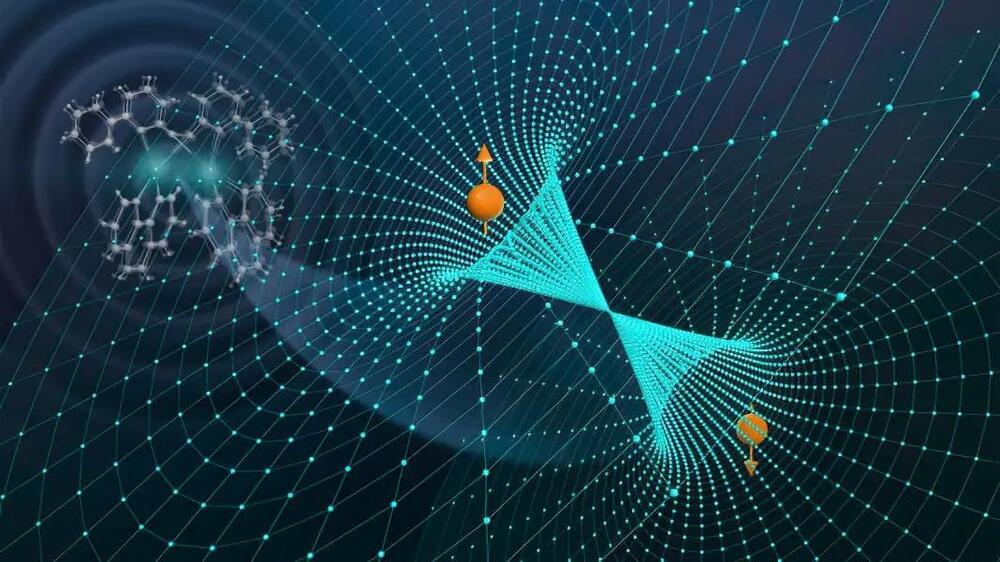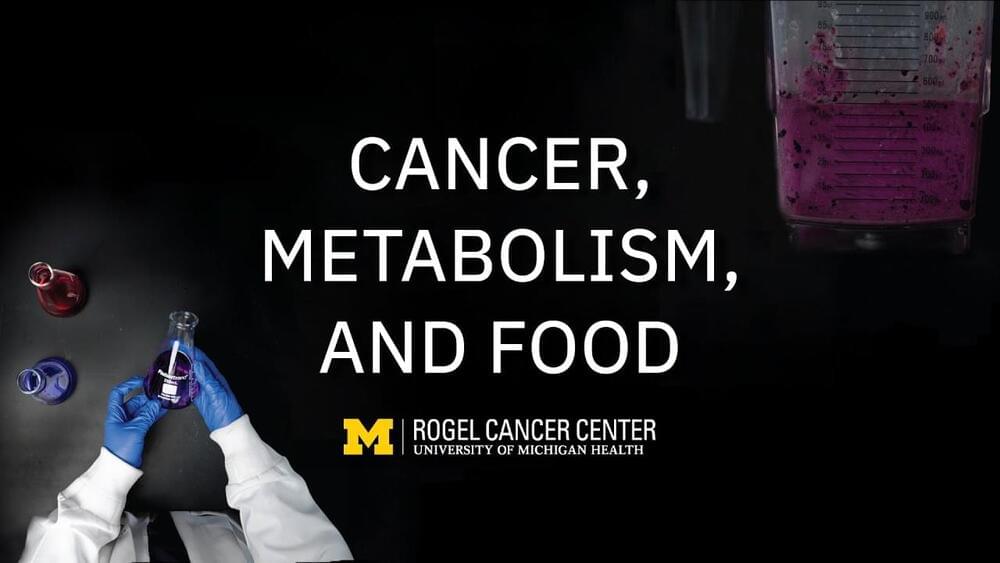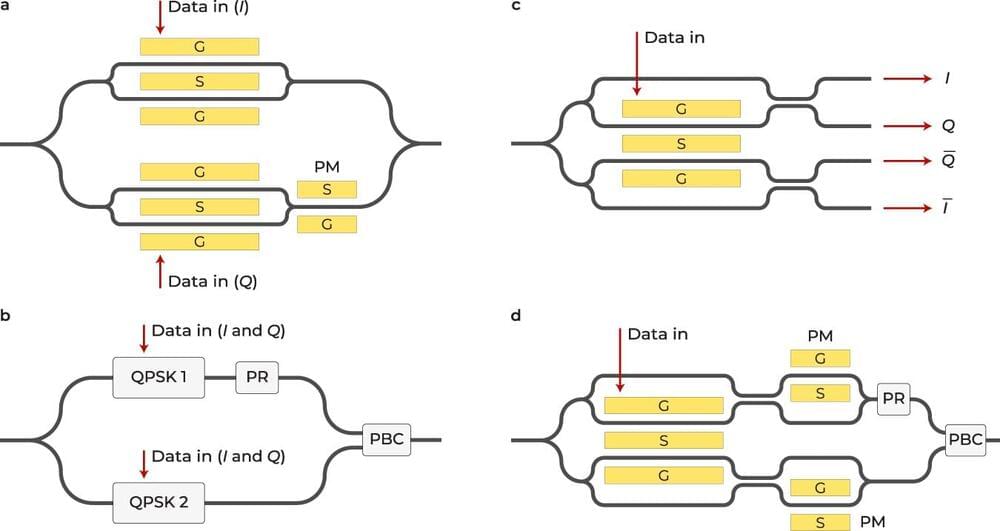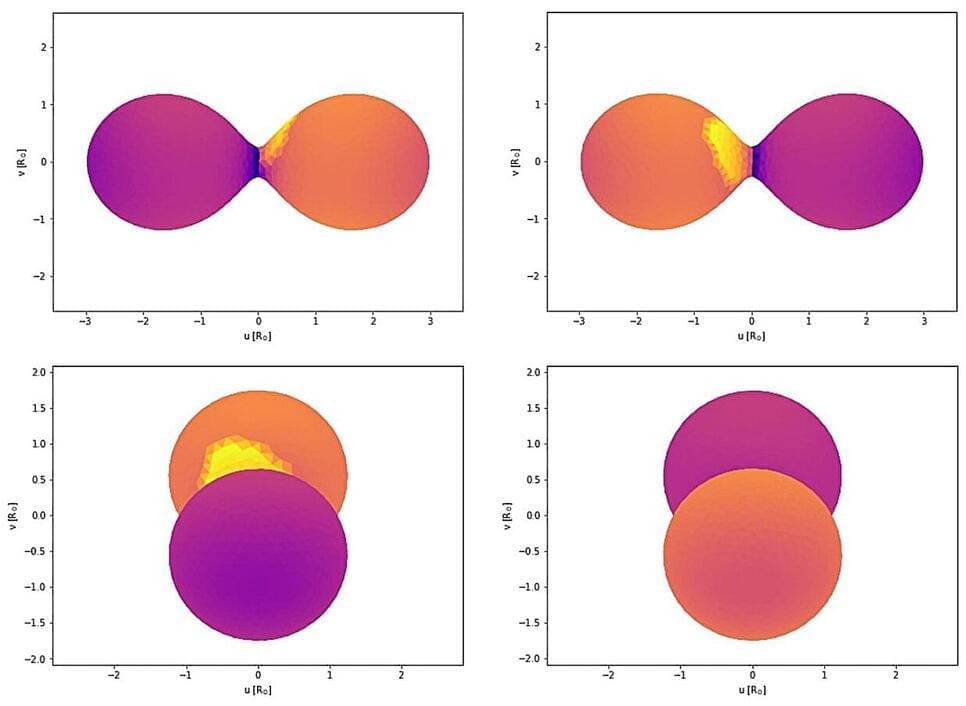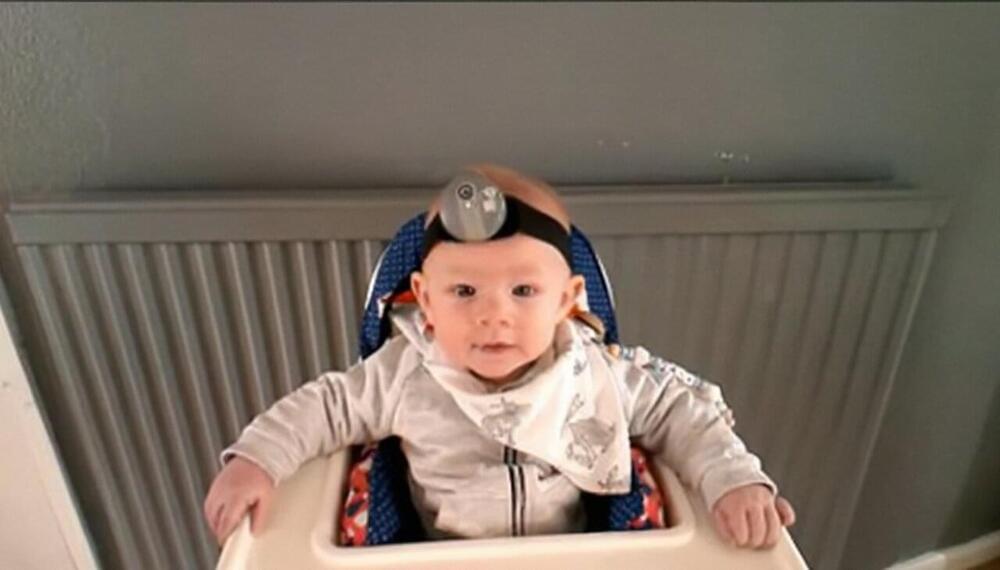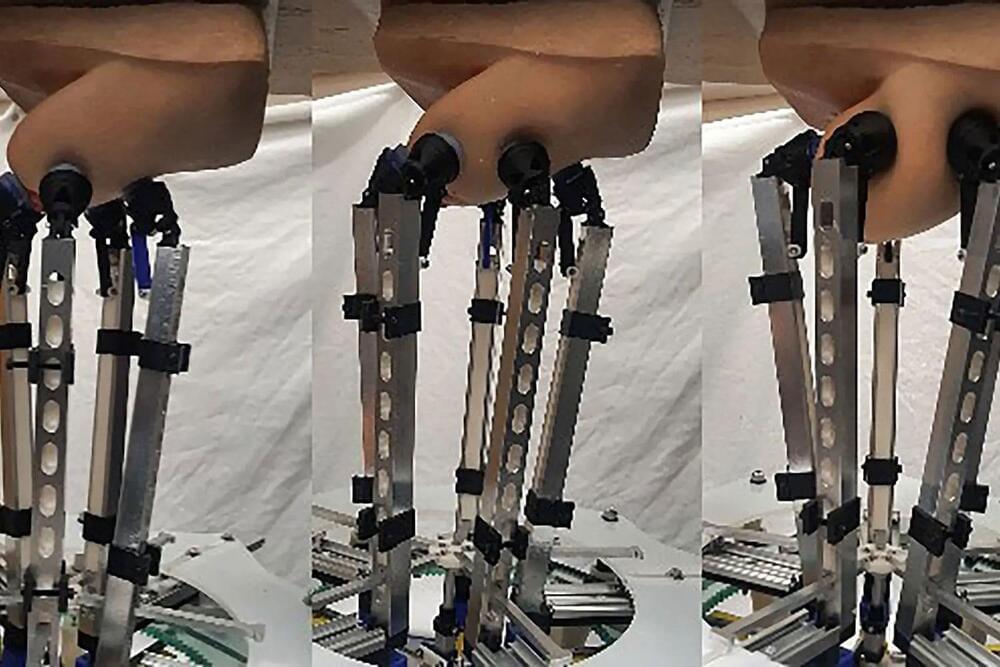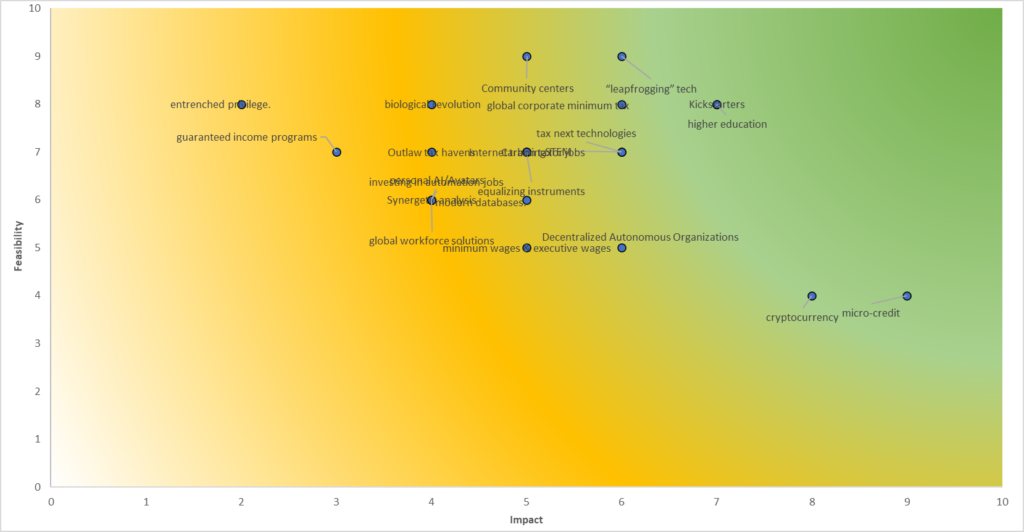Oct 5, 2023
Humane’s ‘AI Pin’ debuts on the Paris runway
Posted by Kelvin Dafiaghor in categories: robotics/AI, wearables
Humane, a stealthy software and hardware company, is clearly milking the media hype cycle for all it’s worth. The company’s origin dates all the way back to 2017, when it was founded by former Apple employees Bethany Bongiorno and Imran Chaudhri. In the intervening half-decade, the firm has been largely shrouded in mystery, as it has put together the pieces of a mystery wearable, which it promises will leverage AI in unique ways.
The company’s been buzzy since it first engaged with the media — well before it offered the slightest bit of insight into what it’s been working on. In spite — or perhaps because — of such mysteries, Humane is now an extremely well-funded early-stage startup.
At the tail end of 2020, it raised a $30 million Series A at a $150 million valuation. The $100 million B round arrived the following September, including Tiger Global Management, SoftBank Group, BOND, Forerunner Ventures and Qualcomm Ventures. It all seemed like a strong vote of confidence for the still stealthy firm. This March, it went ahead and raised another $100 million.

